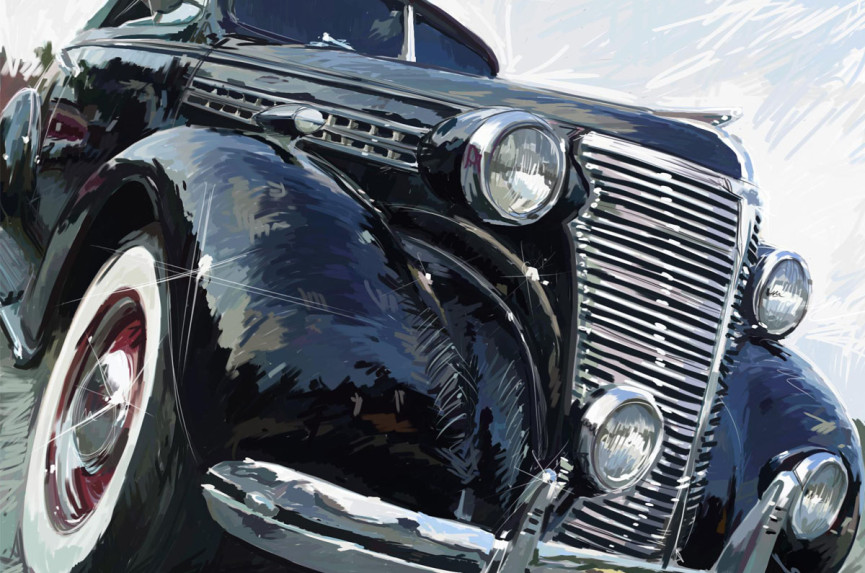Over time your car’s paint will most likely fade, this unfortunate event is mostly caused by the effect that elements do to the paint of the vehicle.
Hiring a professional
If you consider the work involved it is pretty evident that not only it is too much work for a DIY project here, but you will most likely do more damage repainting the car yourself. It is best to hire a professional who has the necessary experience to perform such a big project. Whenever choosing a professional, you should check his or her qualifications and make sure that that person is qualified or licensed for automobile painting according to the requirements of your Province.
Reasons to repaint a car
- Prevent rust.
- Promote personal flair and aesthetics.
- Paint damage. Faded, cracked, peeling, scratched or chipped is another reason to paint your car.
- Tree sap erosion acts as glue.
- Stains from spilling gasoline at the pump can cause paint to fade or dissolve if left for too long on the vehicle.
- Fingerprints and writing on the vehicle with your fingers can also cause scratches and other paint issues.
- The acidity from coffee and soda spills left on the vehicle can eat away at the paint and cause paint damage.
- Dirt can also cause paint to scratch, fade or speckle if not removed on a regular basis.
- Bird feces and bugs can also cause paint to fade or dissolve due to the acidity in the material.
Car painting options
Auto paint comes in many forms and styles. Here are the types of paint available:
Metallic paint can add a unique effect to your vehicle that can increase its value. The only downfall to this type of paint is that it can be difficult to match if you need to fill a scratch or paint a new part.
Acrylic paint is easy to apply and adds a glossy look to your vehicle. There are three types of acrylic paint:
Lacquer-based paint is inexpensive and easy for the inexperienced painter to apply. This type of paint chips easily and fades over time reacting to UV light and other chemicals.
Enamel paint creates a hard shell that is less resistant to chipping than lacquer-based paint. This type of paint is not easy to apply.
Urethane paint can be used over the top of almost all other paint types without reacting with the former paint. This type of paint is highly toxic and requires the painter to wear a face mask.
Water-based paint is a nontoxic paint that is relatively new to the auto industry. Currently, limited colors are mainly used for adding graphics to vehicles. These water-based paints are easy to apply although a protective acrylic coat is sometimes required to seal the paint on the vehicle.
Wraps is an alternative option to painting if you want to personalize your car without affecting the car’s resale value. They’re also used for commercial purposes. Wraps are temporary and can be removed prior to selling the vehicle.
The car painting process
1. Empty the vehicle. Your car will need to be completely empty prior to beginning the paint job. If you are having the car professionally painted, the professional will remove everything necessary for your paint job.
2. Prepare the car. The first step to preparing the vehicle is to wash the car. Dings and divots will require smoothing and sealing. Wax and prior paint will need to be stripped and the vehicle will need to be sanded and primed prior to painting. You may need two to three coats of primer prior to painting the car so that the old paint doesn’t bleed through the new paint job.
3. Paint the car. Using the type of paint you selected, start painting your car. You’ll need to wait after painting to make sure that the vehicle is fully dry. Make sure to protect the car against dust and other substances that can get stuck in the wet paint.
4. Seal the paint job.

